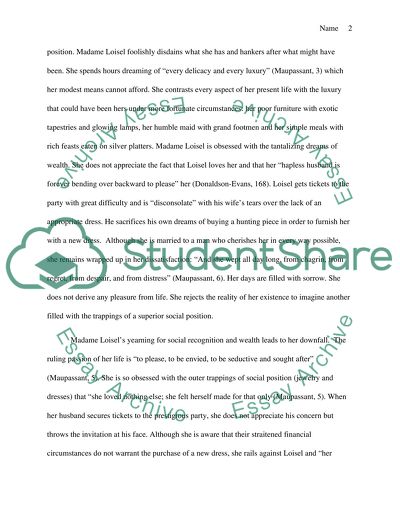Cite this document
(Guy de Maupassants The Necklace Book Report/Review, n.d.)
Guy de Maupassants The Necklace Book Report/Review. https://studentshare.org/literature/1487807-short-story-fiction-paper
Guy de Maupassants The Necklace Book Report/Review. https://studentshare.org/literature/1487807-short-story-fiction-paper
(Guy De Maupassants The Necklace Book Report/Review)
Guy De Maupassants The Necklace Book Report/Review. https://studentshare.org/literature/1487807-short-story-fiction-paper.
Guy De Maupassants The Necklace Book Report/Review. https://studentshare.org/literature/1487807-short-story-fiction-paper.
“Guy De Maupassants The Necklace Book Report/Review”. https://studentshare.org/literature/1487807-short-story-fiction-paper.


